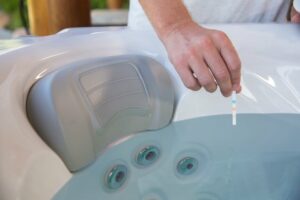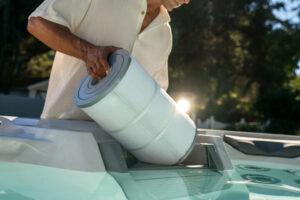How a Spa Can Help Treat Arthritis
If you or anyone you know has arthritis, you understand how debilitating the disease can be. Routines and actions which would have been easy to handle years ago are now difficult, full of pain. While there are many treatments in the form of medications, or more invasive options like surgery, there’s one easy way you can relieve the stress on your joints: spa therapy.
According to the Mayo Clinic, all forms of swimming are good for arthritis, because the buoyancy of the water helps reduce the stress on your joints. But hot water, in particular, is a better option.
One of the Arthritis Foundation’s key suggestions for heat therapy is using a spa to treat your arthritis. Since arthritis is an inflammation of the joints which consequently causes stiffness and muscle stress around the joints, heat is the best way to reduce these symptoms. Heat also increases blood flow to the entire body, which helps your body relax when you most need it.
Spas are incredibly useful for treating stiffness and relieving stressed muscles not just because of their heat, but because of the ability for you to aim the jets at pained areas of the body. Sundance® Spas®, for example, has patented Fluidix Nex and Pulsator jets that you can adjust as needed.
In addition to spa therapy, the Arthritis Foundation suggests undergoing stretching and flexibility exercises to keep your joints as mobile as possible. The great thing about these types of workouts is that you can do them in a spa; doing so means you’re more likely to see a reduction in your arthritis symptoms and experience better benefits because the impact on your joints is next to nothing in the water.
So when you’re looking for an at-home option for dealing with your arthritis, consider investing in a hot tub. You’ll not only be able to use it for enjoyment but also to aid in treating your arthritis. And ask your doctor how a prescription for a hot tub can be submitted to your insurance and your accountant how it can be deducted from your taxes.
Do you know anyone who uses a spa for arthritis treatment? What’s been their experience?
Share this blog post!
Hours
Mon – Sat: 10:00 AM – 6:00 PM
Sun: 12:00 PM – 5:00 PM
Appointments: Anytime
© 2024 Imagine Backyard Living All rights reserved. Made with by IMP Digital







